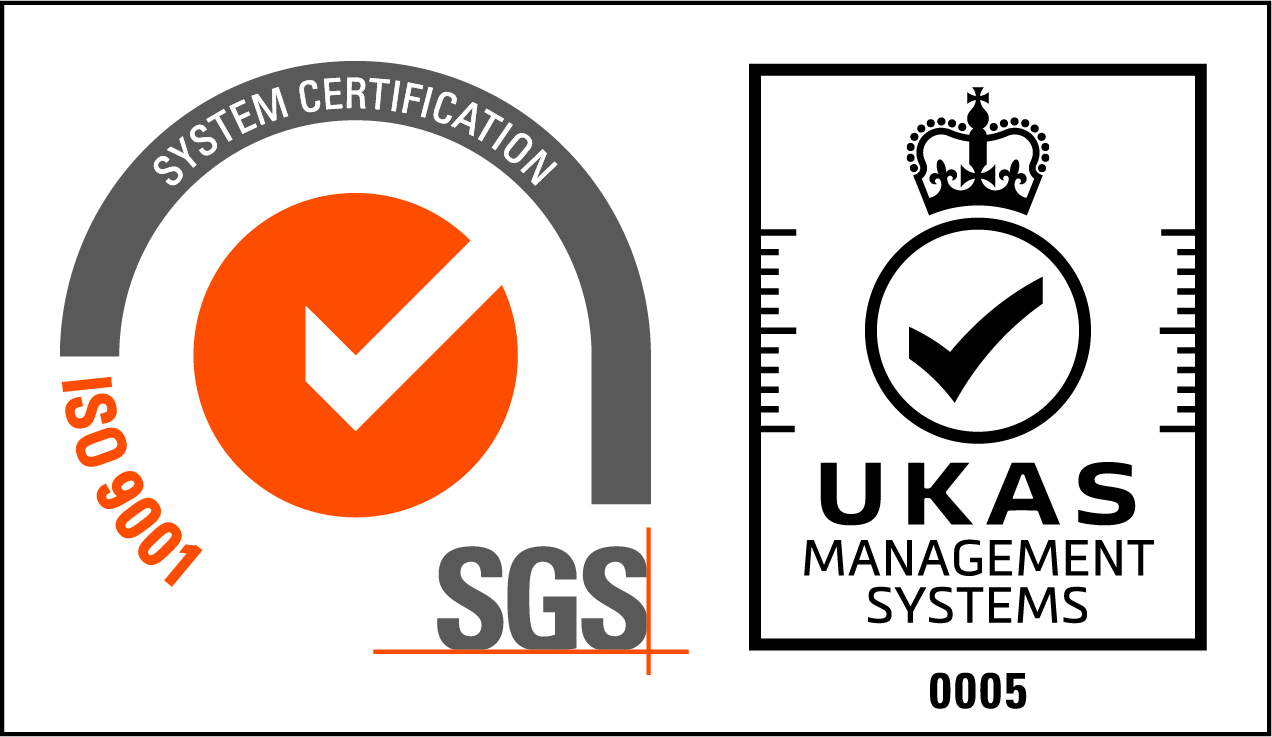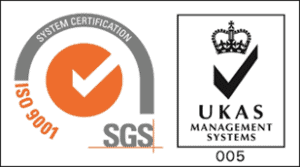The main reason to implement a Management of Change (MOC) procedure/process is to manage the hazards and risks that could cause injury and ill health in the workplace and is essential that companies take a proactive approach to change.
Management of change (MOC) is a systematic approach to organisational changes with the aim of ensuring the continued safety of the workforce throughout the process. A properly implemented MOC policy/procedure prevents increased risks for current hazards and protects against the introduction of new hazards.
While MOC is generally used to examine the effects of proposed permanent changes, temporary changes should not be overlooked.
Management of Change does not mean that risk management is conducted only during the change, this should take place before a change is implemented.
The requirements for managing change are written in clause 8.1.3 of the ISO 45001:2018 standard. ISO 45001:2018 does not identify a process for change must work, but requires that you have a process for implementing planned changes that impact the Occupational Health and Safety performance and this specifically relates to both temporary and permanent changes.
Additionally, the standard specifies some items that would activate the process because these activities change the Occupational Health and Safety performance, these activities are:
- Changes in products, services, or processes.
- Legal changes.
- Hazard & OH&S risk knowledge.
- Knowledge and technology developments.
6 Tips for developing a management of change process/procedure:
Recognise all changes: Without an understanding of what changes are going to happen, it is difficult for a management team to evaluate its potential impact on the organisation, include management of change as a standing agenda item on meetings
Identify the hazards and risks: A robust risk assessment/analysis must be done to cover every potential hazard that the change will cause.
Consider the hierarchy of control: It is important to determine which risks can be totally avoided and if this cannot be achieved, implement control measures that will reduce or manage unavoidable hazards.
Implement the change: The role of the leadership team should be to assist employees through the process of change.
Train all relevant employees: Everyone affected by the change should be given information, instruction, and training on the changes introduced, which could include revised risk assessments and safe systems of work.
Monitor and consultation: As change is implemented and rolled out, it is important to monitor the impact of the change, this may be through inspections, observation of work practices, and consultation with employees.
If you would like to know more about a management of change process/procedure or IS0 45001:2018 and the benefits it could bring your organisation, please talk to one of our consultants at Quadra, regarding your requirements 028 9042 3222 or email [email protected]







